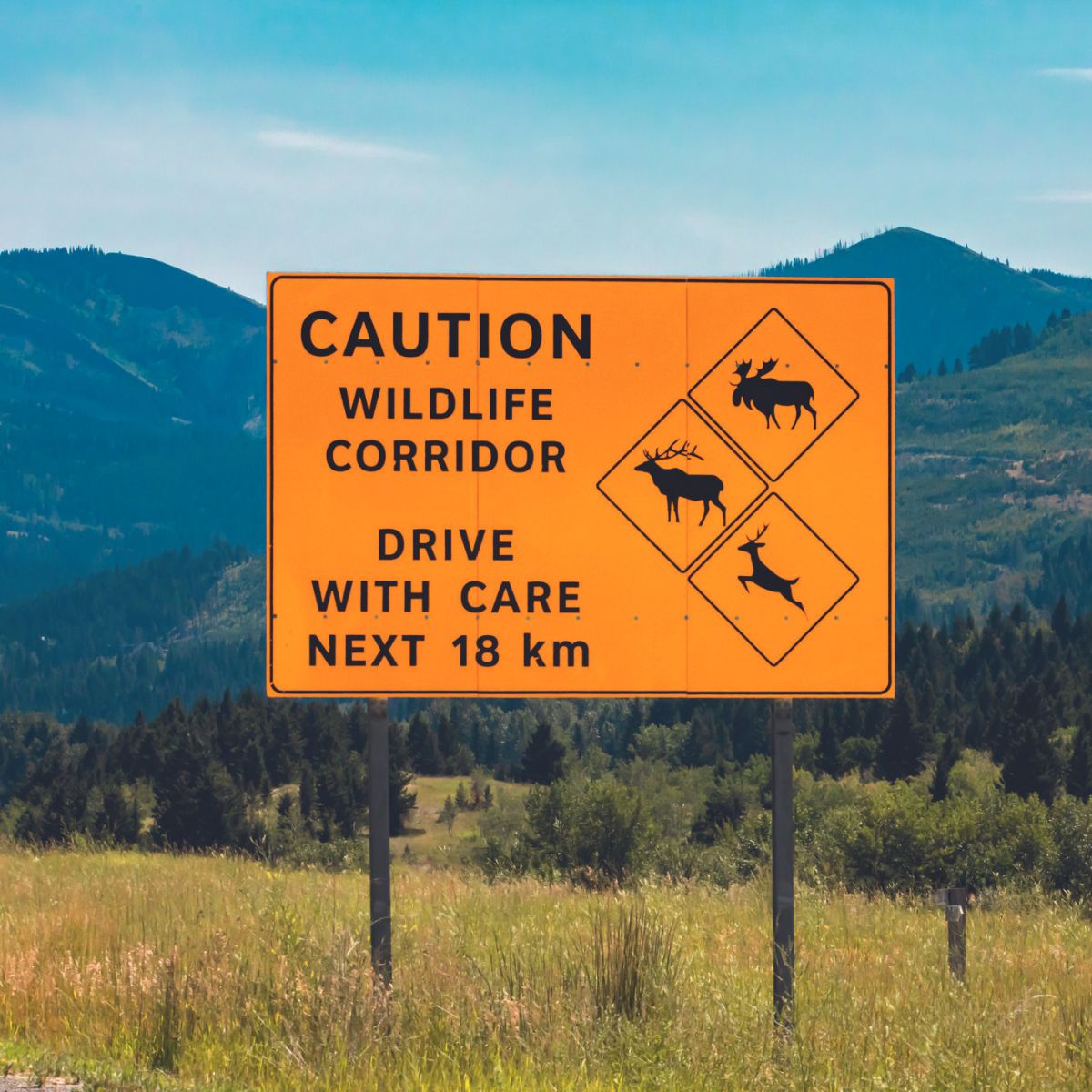Recent research even suggests that corridors of restored habitat can help affect microclimates, with reforested corridors encouraging rain patterns to move inland to areas threatened by desertification.
Seth Riley, a wildlife ecologist in LA, hopes that pioneering projects such as the Wallis Annenberg Wildlife Crossing can inspire similarly ambitious efforts to help species co-exist, even in the most urban environments.
“Hopefully, [the crossing] is symbolic of what can be done, and the value of connectivity,” he reflects. Riley has been working on the project for over two decades, but says that ultimately, the bridge is “just the beginning” of what they hope to achieve.
From animals on the brink of extinction to entire cross-border ecosystems, corridor projects are finding ways to help species connect. For Gary Tabor, connectivity will be the defining factor of conservation in the 21st century – if only we can realise its full potential. “In the future, we won’t be counting protected areas,” he says. “We will be counting how connected those areas are.”
Definitions from IUCN’s Connectivity Conservation Specialist Group
Ecological connectivity: The unimpeded movement of species and the flow of natural processes that sustain life on Earth.
Ecological corridor: A clearly defined geographical space that is governed and managed over
the long-term to conserve or restore effective ecological connectivity. Ecological corridors can be continuous or patchy (i.e. ‘stepping stones’).

